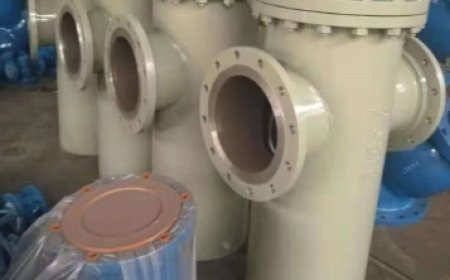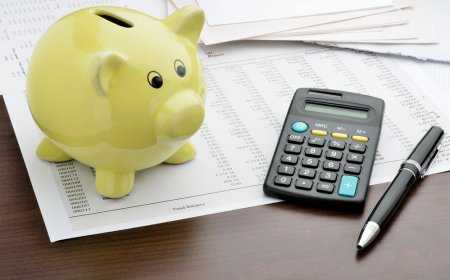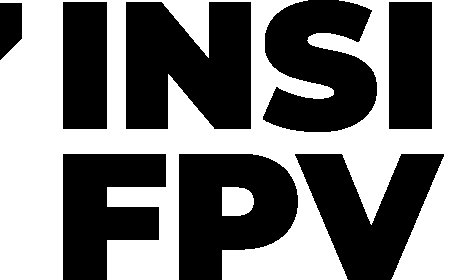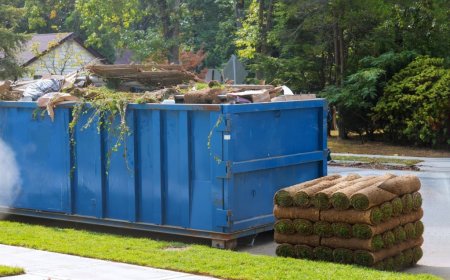Solar Power Installation – A Practical Guide for Homeowners
Solar power installation is a smart investment for homeowners looking to reduce energy costs, gain energy independence, and contribute to a cleaner environment. With a well-designed system, proper installation, and ongoing support, you can enjoy reliable, renewable energy for many years to come.

With rising electricity prices and growing environmental concerns, more households are turning to renewable energy solutions. Among them, solar power installation has emerged as one of the most reliable and cost-effective options. By converting sunlight into electricity, solar systems offer a clean and sustainable source of energy that can significantly reduce your dependence on the grid.
In this blog, we will explain what solar power installation involves, its benefits, the process, and key considerations to help you decide if its the right choice for your home.
What is Solar Power Installation?
Solar power installation refers to the process of setting up solar panels and related equipment to generate electricity from sunlight. The system typically includes:
-
Solar panels, which capture sunlight.
-
An inverter, which converts the electricity from direct current (DC) to alternating current (AC) for use in your home.
-
Mounting hardware to secure the panels.
-
A meter or monitoring device to track energy production.
-
Optional battery storage, which stores excess energy for later use.
Once installed, the system allows homeowners to generate their own electricity and reduce reliance on power supplied by utility companies.
How Does Solar Power Work?
The working of a solar system is straightforward:
-
Solar panels absorb sunlight and convert it into DC electricity.
-
The inverter transforms this DC electricity into AC electricity, which powers your homes lights, appliances, and devices.
-
If your system produces more energy than you use, the excess can either be stored in a battery (if available) or sent back to the grid, depending on your setup.
This simple process allows homeowners to lower their energy costs while using a sustainable energy source.
Steps Involved in Solar Power Installation
1. Site Assessment
An installer will assess your roof space, direction, shading, and sunlight exposure to determine the systems suitability and size.
2. System Design
Based on your energy needs and roof conditions, a system will be designed with the appropriate number of panels and components.
3. Permits and Paperwork
Local regulations may require permits. Your installer typically manages this process, ensuring the installation complies with safety and energy standards.
4. Installation
Professional technicians install the panels, inverter, and wiring. The system is securely mounted and connected to your homes electrical system.
5. Inspection and Connection
A final inspection is carried out by local authorities or energy providers. Once approved, your system is connected to the grid or activated if it's off-grid.
Benefits of Solar Power Installation
1. Reduced Electricity Bills
One of the main advantages of solar power installation is the potential to significantly lower your electricity costs by producing your own energy.
2. Environmentally Friendly
Solar energy is a renewable source that does not emit harmful greenhouse gases, making it a responsible choice for environmentally conscious homeowners.
3. Energy Independence
By generating your own power, you reduce your reliance on grid electricity and are less affected by rising energy prices.
4. Low Maintenance
Solar systems generally require little maintenance. Occasional cleaning and periodic checks by a professional are usually enough to keep the system running smoothly.
5. Increased Property Value
Homes with solar systems often see a rise in market value. Buyers are drawn to the idea of long-term energy savings and a sustainable living solution.
Cost and Return on Investment
The cost of solar power installation varies depending on:
-
The number of panels required
-
The type of inverter used
-
Whether battery storage is included
-
Installation complexity
While the initial cost can seem high, many households recover this investment over time through energy savings. Additionally, government rebates, tax incentives, and solar feed-in tariffs can help lower the total cost.
Things to Consider Before Installing
-
Your Current Energy Usage Understanding your electricity consumption will help determine the right system size.
-
Roof Condition Make sure your roof is in good condition and can support the panel system.
-
Installer Reputation Choose a licensed and experienced installer to ensure quality and compliance with regulations.
-
Battery Storage Option If you want backup power or wish to use solar energy at night, consider including a battery with your system.
-
Financial Incentives Check for state or federal incentives that may be available to reduce your upfront cost.
Conclusion
Solar power installation is a smart investment for homeowners looking to reduce energy costs, gain energy independence, and contribute to a cleaner environment. With a well-designed system, proper installation, and ongoing support, you can enjoy reliable, renewable energy for many years to come. A solar and battery storage system allows homeowners to generate and store their own electricity for use at any time.
Whether youre building a new home or upgrading an existing one, switching to solar power is a practical step toward a more efficient and sustainable future.






































![Play99 Login & Registration Guide for Indian Users [2025 Update]](https://www.atlantanewsplus.com/uploads/images/202507/image_140x98_6870c1df7bfcd.jpg)

